Roni Horn explores death, rats and Emily Dickinson
American artist Roni Horn explores the inscrutability of death, optical perception and the poetry of Emily Dickinson at Château La Coste, Provence

Some say good things come in pairs. In the case of American artist Roni Horn’s latest show at Château La Coste, this is half true, and twice as complex.
‘A Rat Surrendered Here’ is a show about death, and doubles. The title is taken from Emily Dickinson’s poem of the same name in which a rat surrenders to the irresistibility of ignominious acts, only to be caught in an inevitable trap of punishment; ‘reluctantly resigned’ to temptation – a warning to all those afflicted with the human condition.
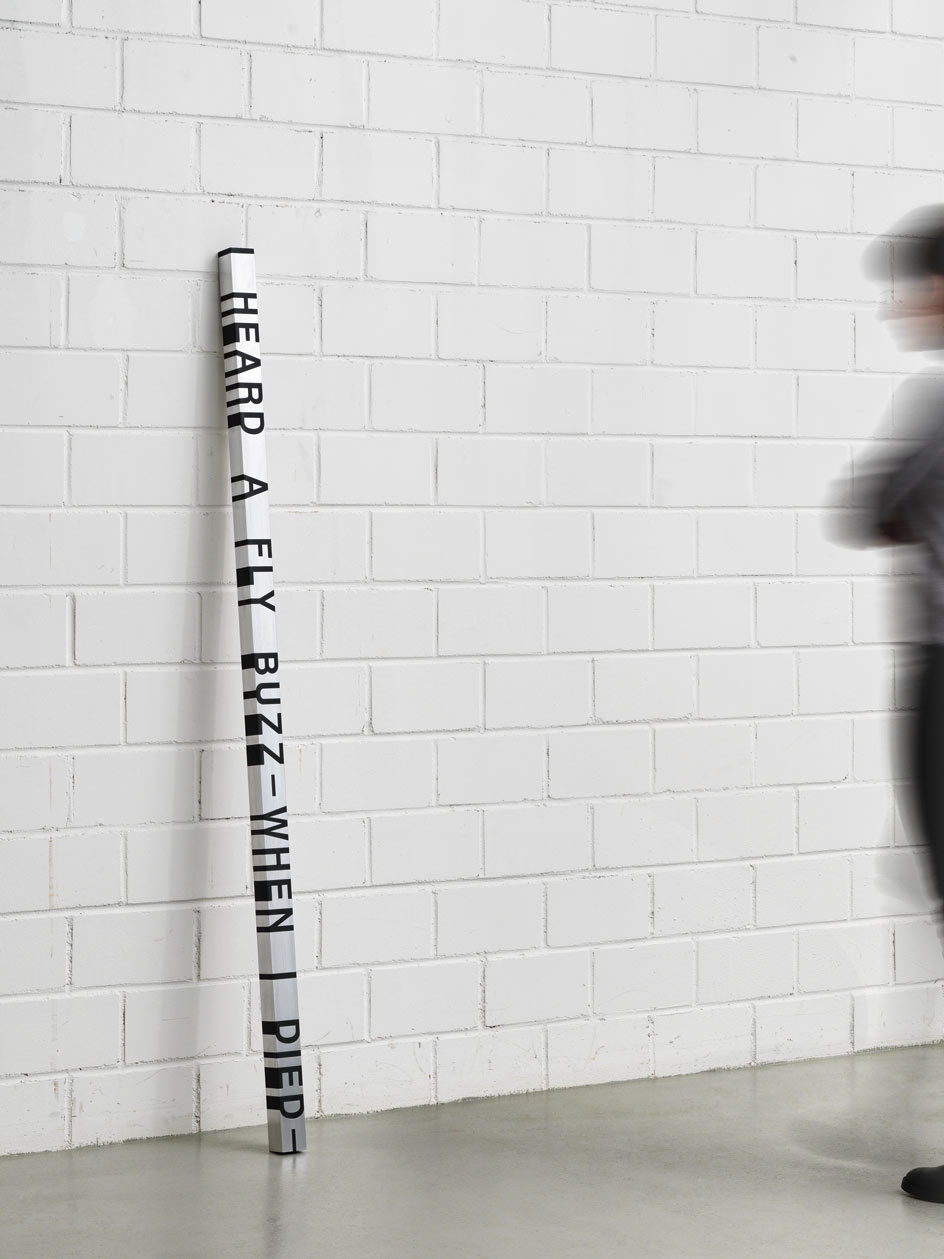
Roni Horn, Key and Cue, No. 465 I HEARD A FLY BUZZ—WHEN I DIED—, 1994, solid alumnum and cast black plastic. Courtesy the artist and Hauser & Wirth. Roni Horn
Back at Château La Coste, there are few actual rats to be found, but there are photographs of two deceased owls that prompt a double-take. A recurring theme throughout the show, Horn’s formal device of the paired image is related to the psychoanalytic concepts of ego-splitting and the uncanny.
Psychoanalytically speaking, the figure of the double – the doppelgänger in literature and film – is the ominous harbinger of death.
In a body of work spanning sculpture, photography, and drawing, death appears as both as literal fact, and as a philosophical inquiry into the darker caverns of the human mind. The experiential qualities of light, shadow, and reflection in Horn’s work link to the mutability of identity and, with it, the inscrutability of death.
RELATED STORY
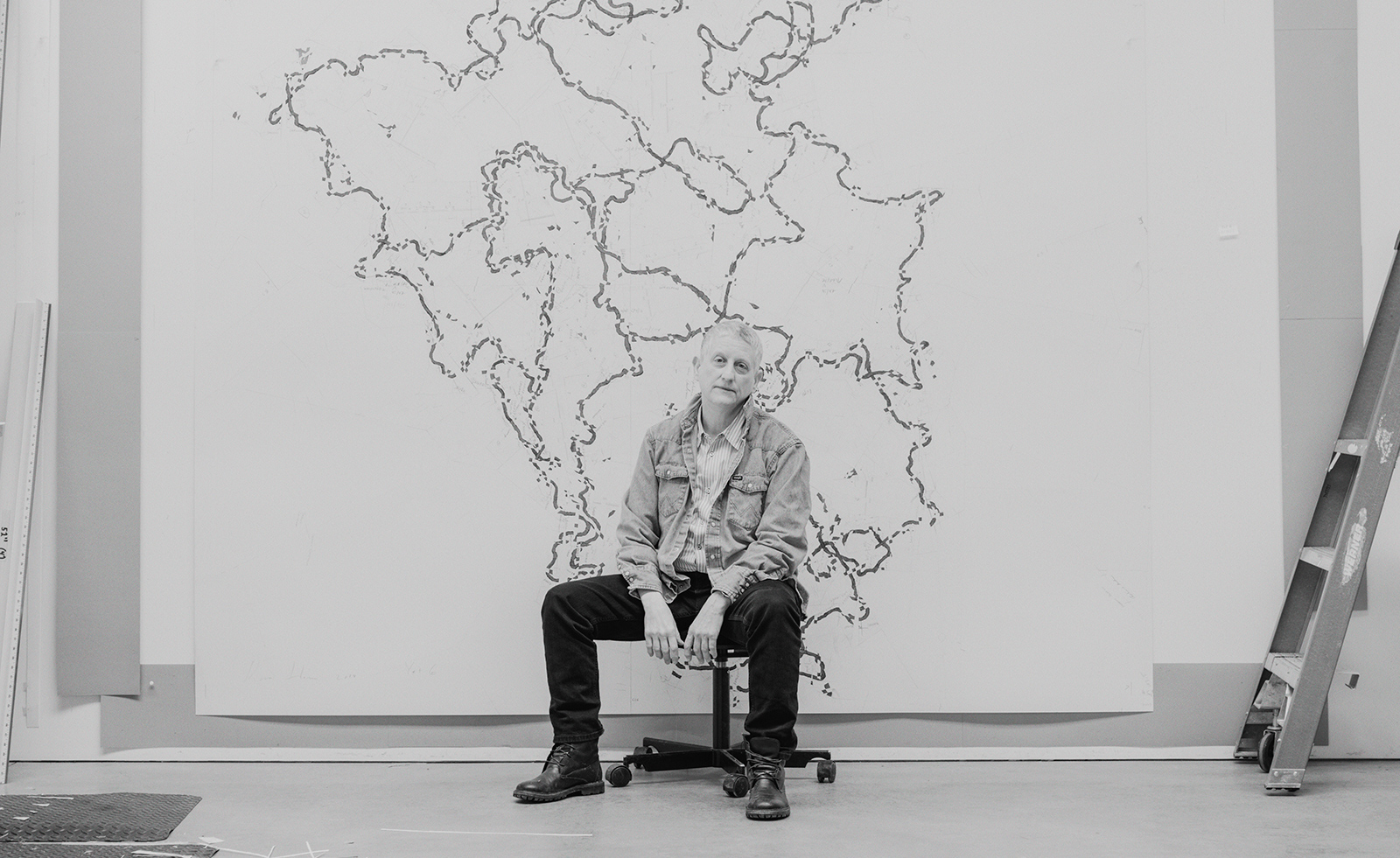
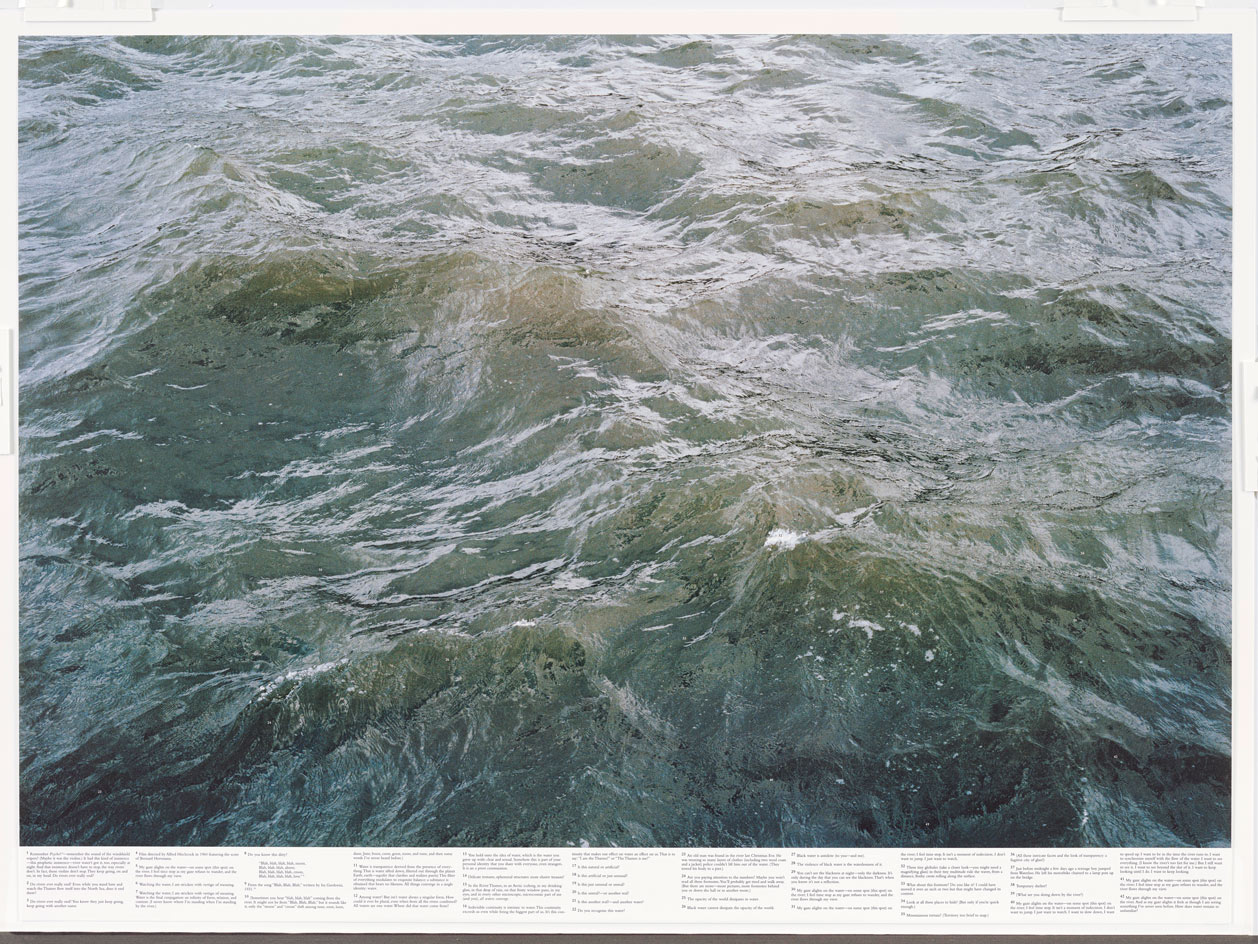
Roni Horn, Still Water (The River Thames, for Example), 1999. Fifteen offset lithographs on uncoated paper (photographs and text)
In the photographic series, Still Water, 1999, water becomes a mirror. Horn’s subject, the River Thames, reflects the often-overcast skies above London. Yet in this work, it’s not just about what the river reflects, but what it has absorbed. Deeper still, Horn explores the darkness of the river’s history, one riddled with stories of suicide and crime.
Continuing Horn’s unique formula of minimalism-meets-language, the exhibition will premiere the ten-tonne glass installation, Water Double, v. 4, the latest in the acclaimed series she has worked on since the 1990s. It comprises two sculptures made from solid cast glass, each with an oculus that resembles a watery surface.
These pieces – that look as though they might swallow the gallery and viewer – are poetic studies of identity, fluidity and perception, themes that Horn’s work continually confronts to compelling effect.
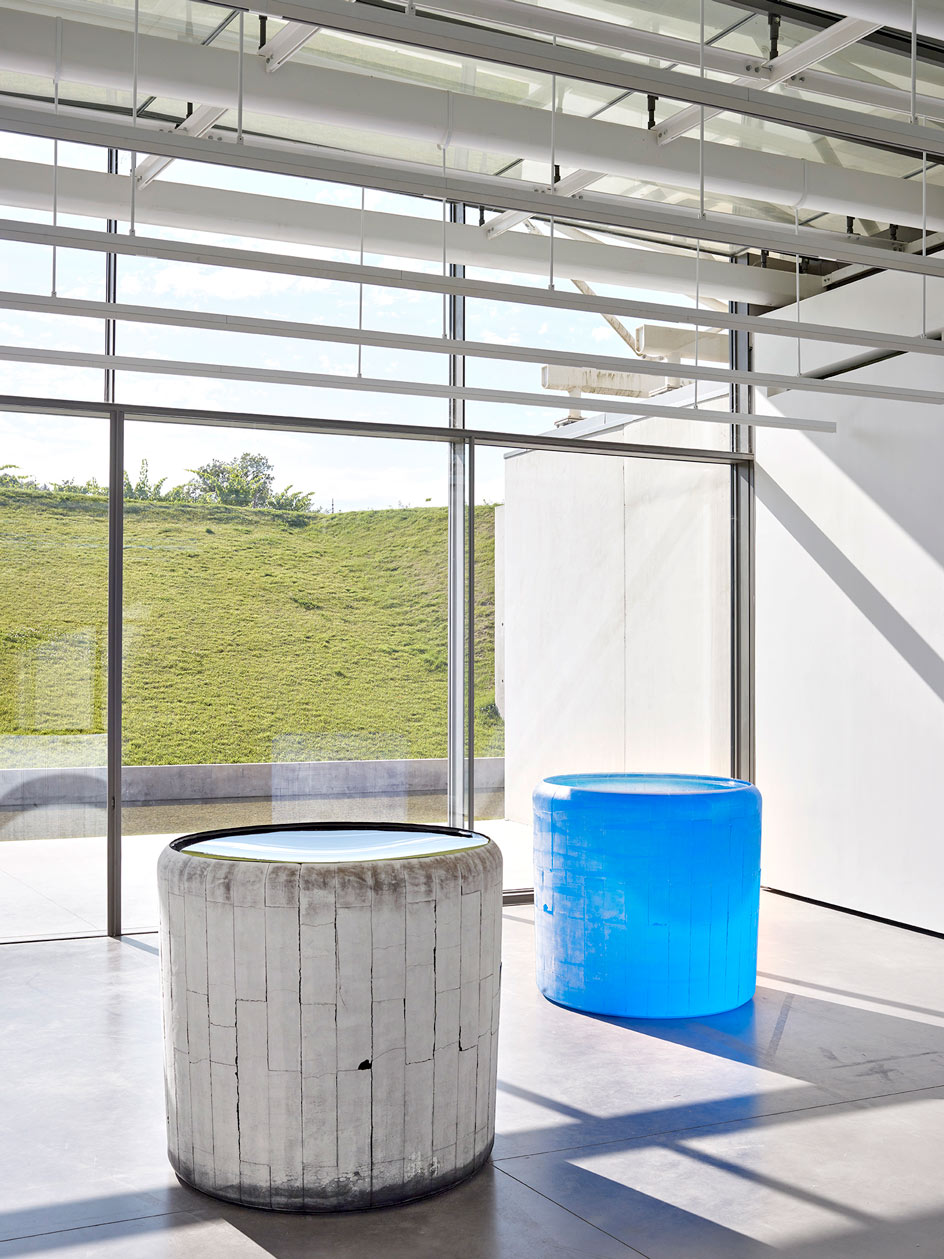
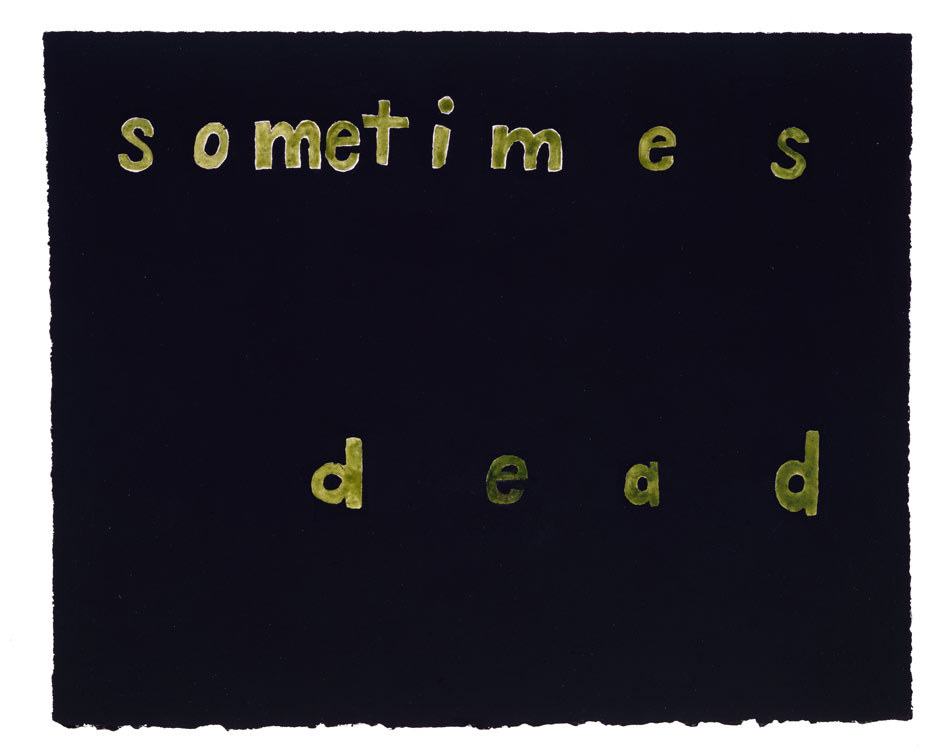
Top: Installation view at Château La Coste, Roni Horn, Water Double, v. 4, 2016 – 2019, solid cast glass with as-cast surfaces, with oculus, two units. Courtesy the artist and Hauser & Wirth. Roni Horn. Above: Sometimes Dead, 1993, gouache, transparent watercolour, and gum Arabic. Courtesy the artist and Hauser & Wirth.
INFORMATION
Roni Horn, ‘A Rat Surrendered Here’, until 24 October 2021, chateau-la-coste.com
Receive our daily digest of inspiration, escapism and design stories from around the world direct to your inbox.
Harriet Lloyd-Smith was the Arts Editor of Wallpaper*, responsible for the art pages across digital and print, including profiles, exhibition reviews, and contemporary art collaborations. She started at Wallpaper* in 2017 and has written for leading contemporary art publications, auction houses and arts charities, and lectured on review writing and art journalism. When she’s not writing about art, she’s making her own.
-
 Is the future of beauty skincare you can wear? Sylva’s Tallulah Harlech thinks so
Is the future of beauty skincare you can wear? Sylva’s Tallulah Harlech thinks soThe stylist’s label, Sylva, comprises a tightly edited collection of pieces designed to complement the skin’s microbiome, made possible by rigorous technical innovation – something she thinks will be the future of both fashion and beauty
-
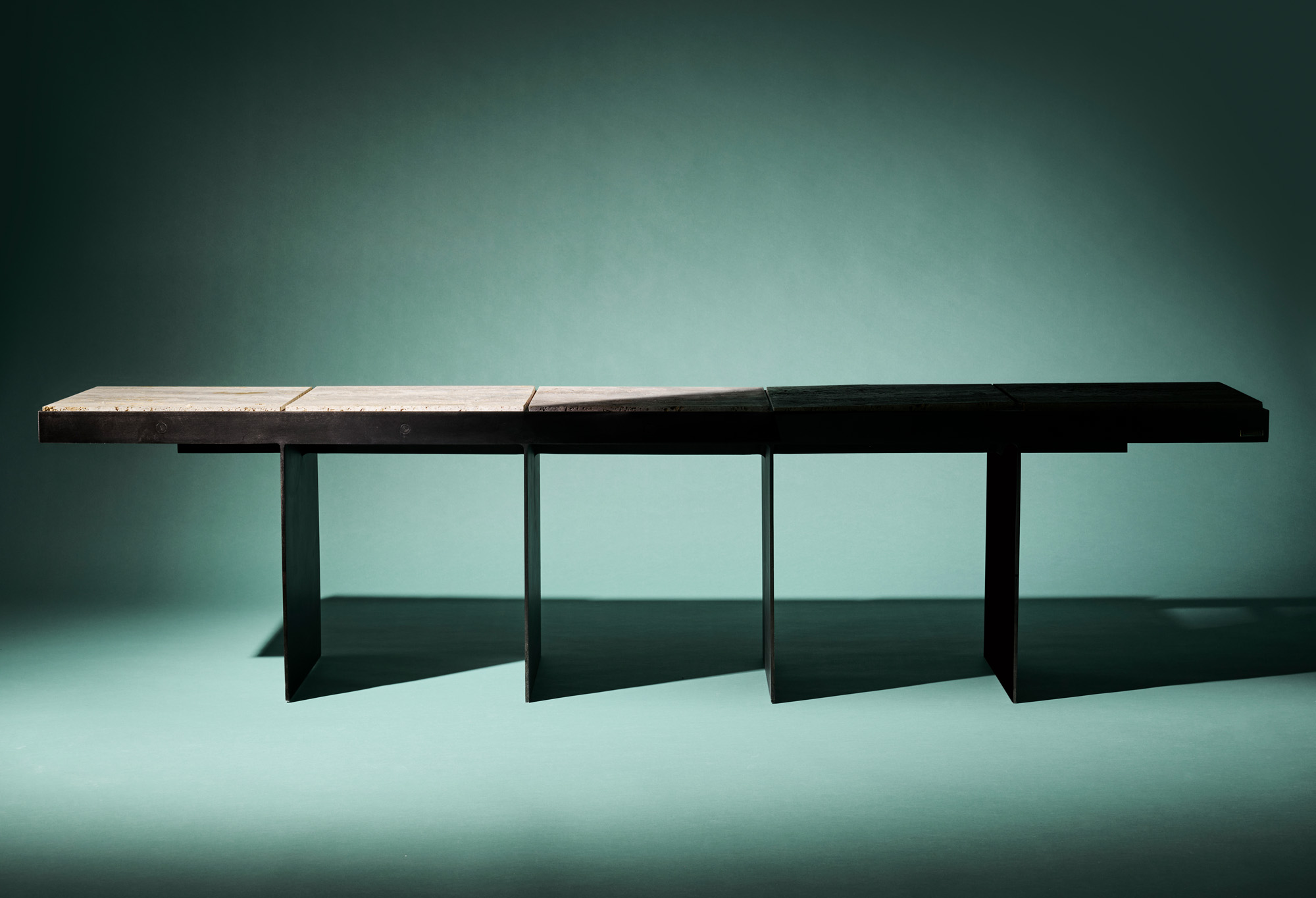 A resort, ravioli and a rocket are just a few of the ongoing projects from British-Indian designer Armaan Bansal
A resort, ravioli and a rocket are just a few of the ongoing projects from British-Indian designer Armaan BansalWallpaper* Future Icons: Anda Ba studio founder Armaan Bansal draws inspiration from India's natural materials and contemporary London culture
-
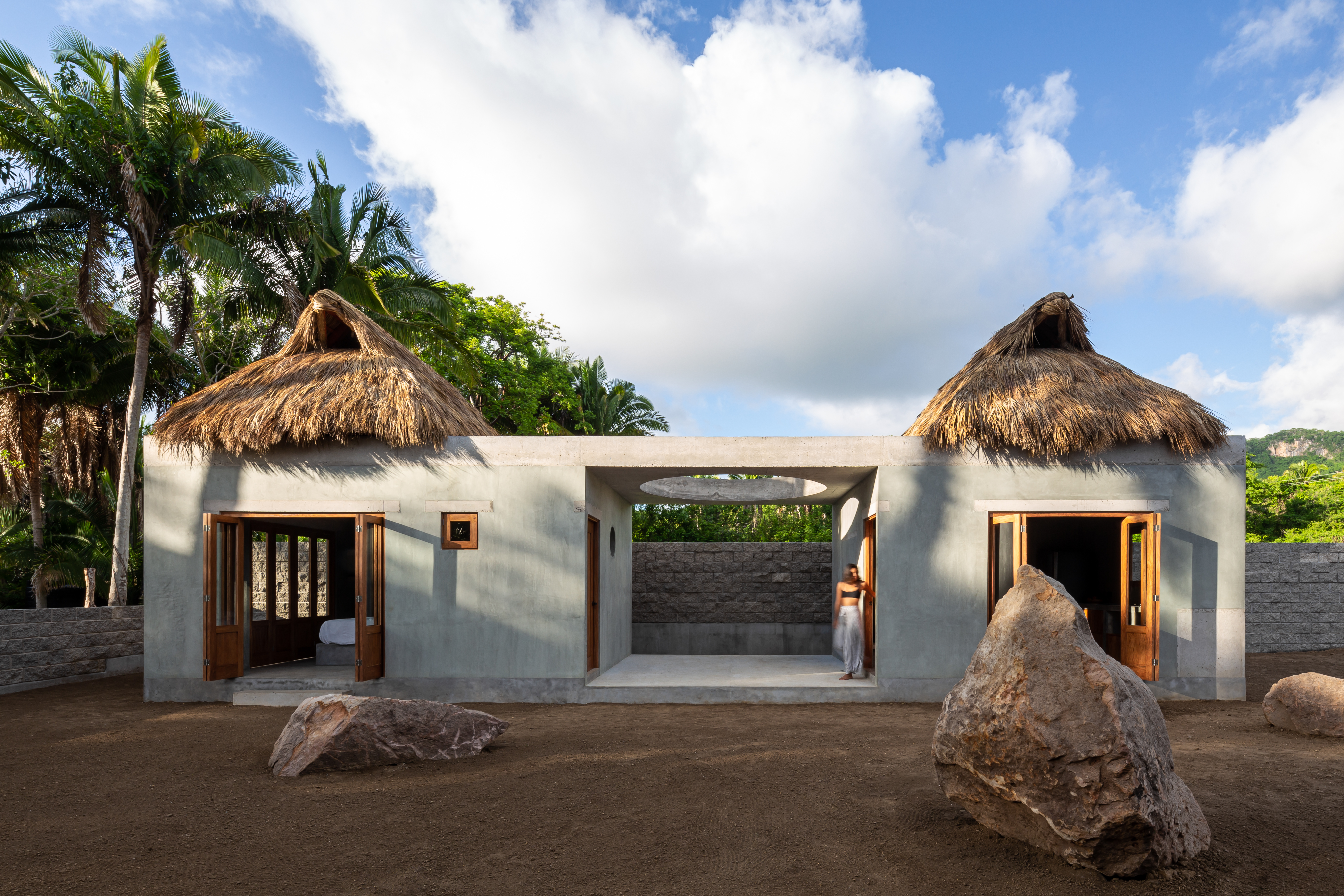 Mexico's Palma stays curious - from sleepy Sayulita to bustling Mexico City
Mexico's Palma stays curious - from sleepy Sayulita to bustling Mexico CityPalma's projects grow from a dialogue sparked by the shared curiosity of its founders, Ilse Cárdenas, Regina de Hoyos and Diego Escamilla
-
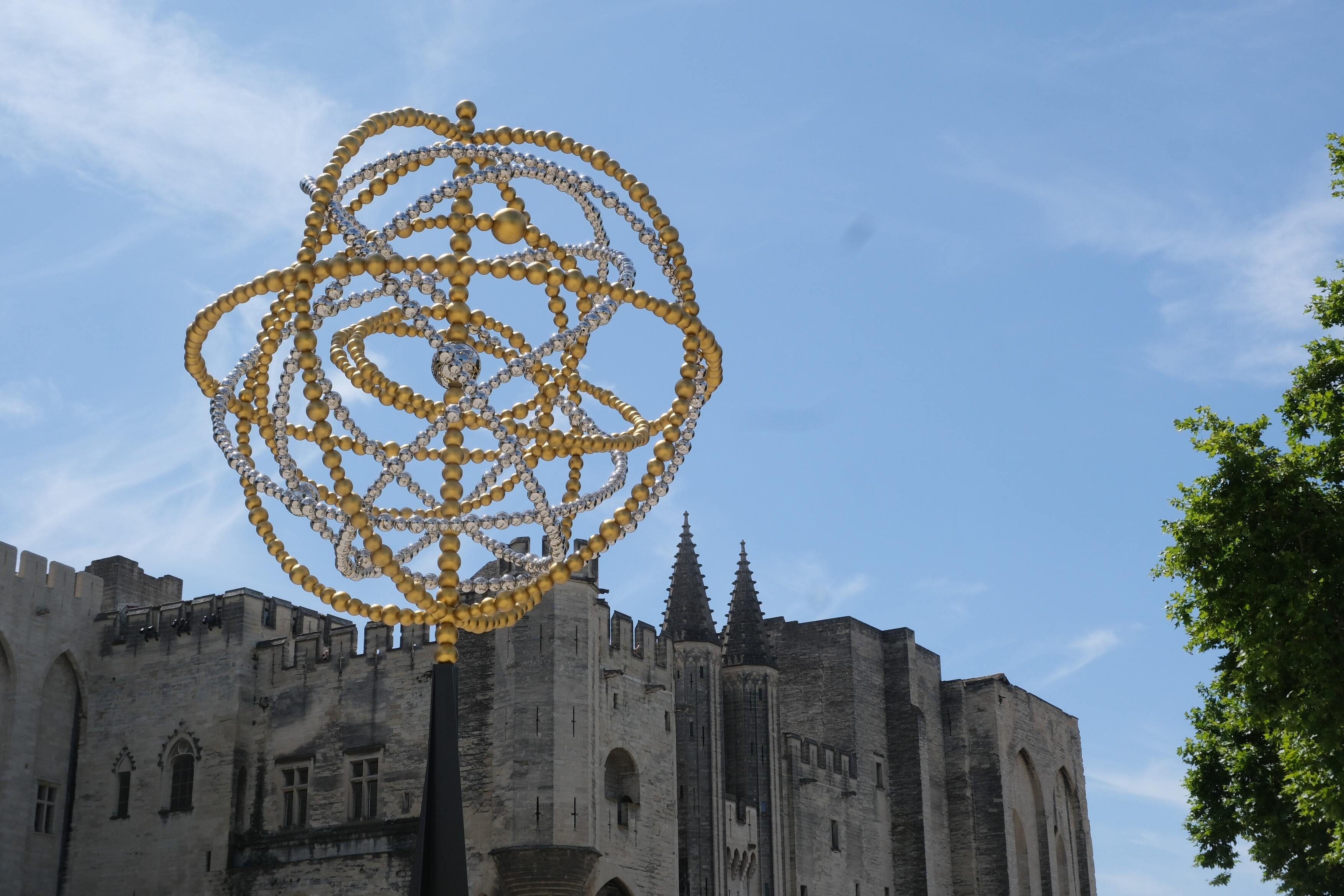 Jean-Michel Othoniel takes over Avignon for his biggest ever exhibition
Jean-Michel Othoniel takes over Avignon for his biggest ever exhibitionOriginally approached by Avignon to mark their 25th anniversary as the European Capital of Culture, Jean-Michel Othoniel more than rose to the challenge, installing 270 artworks around the city
-
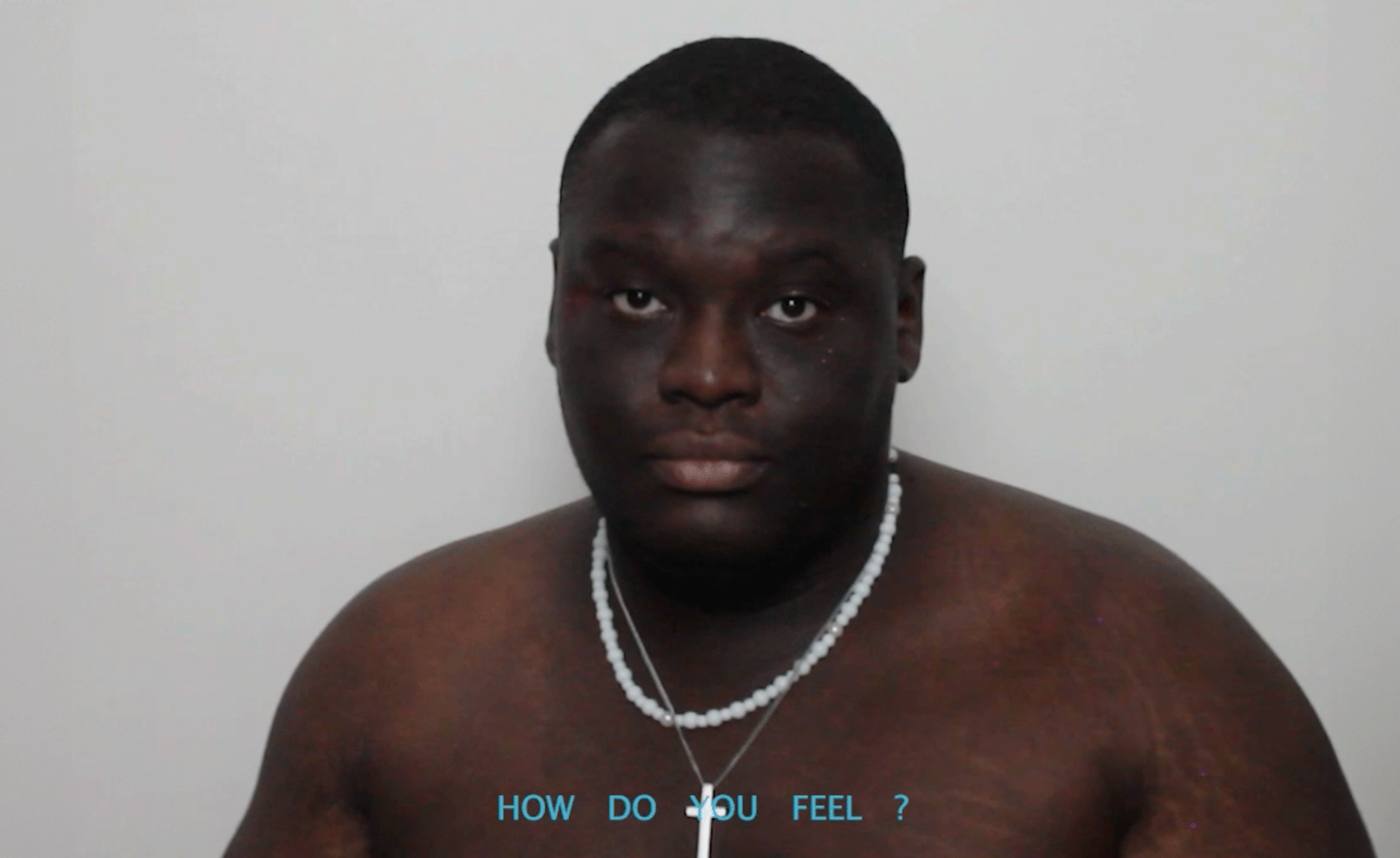 Joel Quayson’s winning work for Dior Beauty at Arles considers the theme ‘Face-to-Face’ – watch it here
Joel Quayson’s winning work for Dior Beauty at Arles considers the theme ‘Face-to-Face’ – watch it hereQuayson, who has won the 2025 Dior Photography and Visual Arts Award for Young Talents at Arles, imbues his winning work with a raw intimacy
-
 What to see at Rencontres d’Arles 2025, questioning power structures in the state and family
What to see at Rencontres d’Arles 2025, questioning power structures in the state and familySuppressed memories resurface in sharply considered photography at Rencontres d'Arles 2025. Here are some standout photographers to see
-
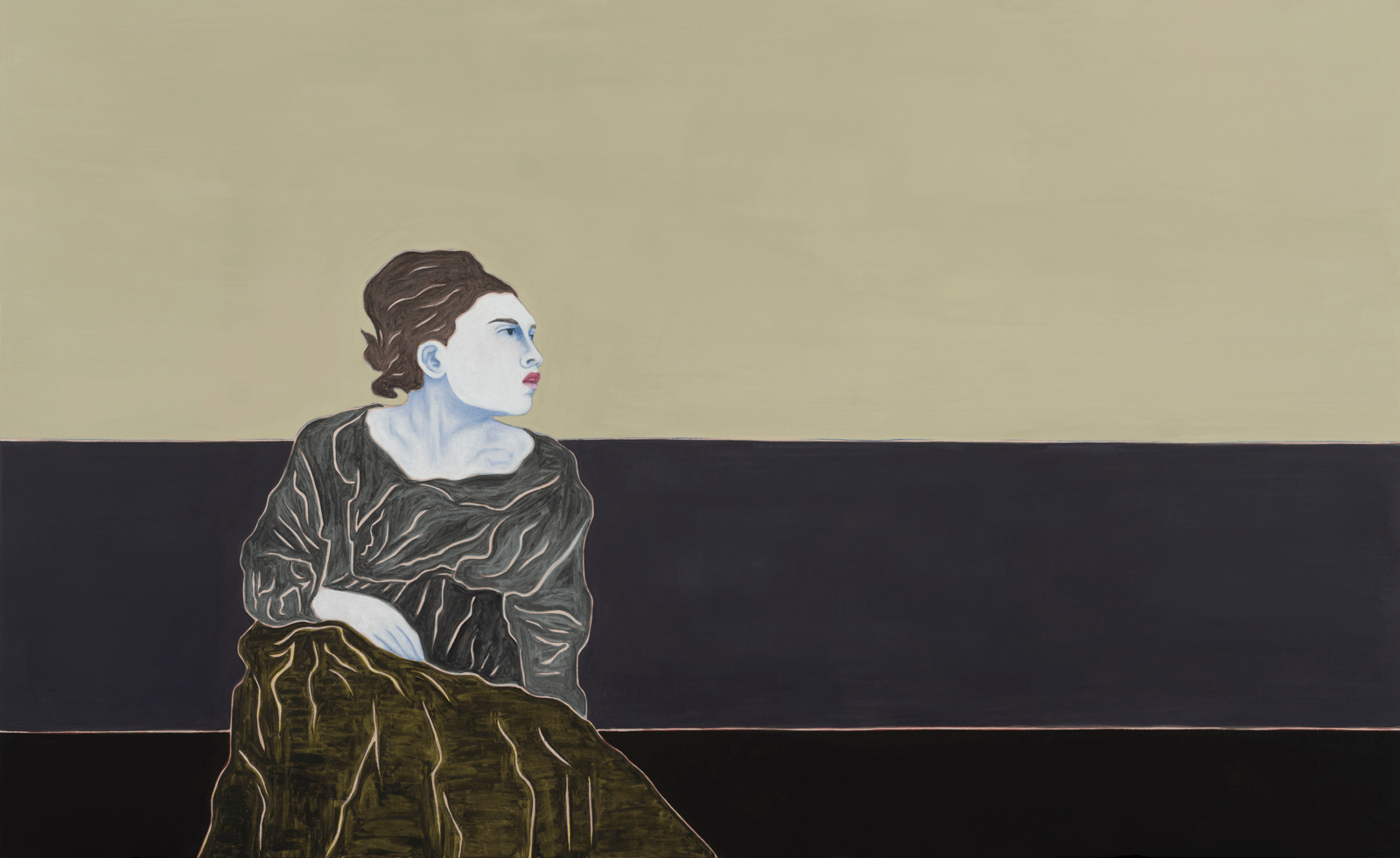 ‘With a small gesture of buying a postcard, we all become copyists’: the Louvre’s celebration of copying speaks to human nature
‘With a small gesture of buying a postcard, we all become copyists’: the Louvre’s celebration of copying speaks to human natureContemporary artists are invited to copy works from the Louvre in a celebration of the copyist’s art, a collaboration with Centre Pompidou-Metz
-
 The glory years of the Cannes Film Festival are captured in a new photo book
The glory years of the Cannes Film Festival are captured in a new photo book‘Cannes’ by Derek Ridgers looks back on the photographer's time at the Cannes Film Festival between 1984 and 1996
-
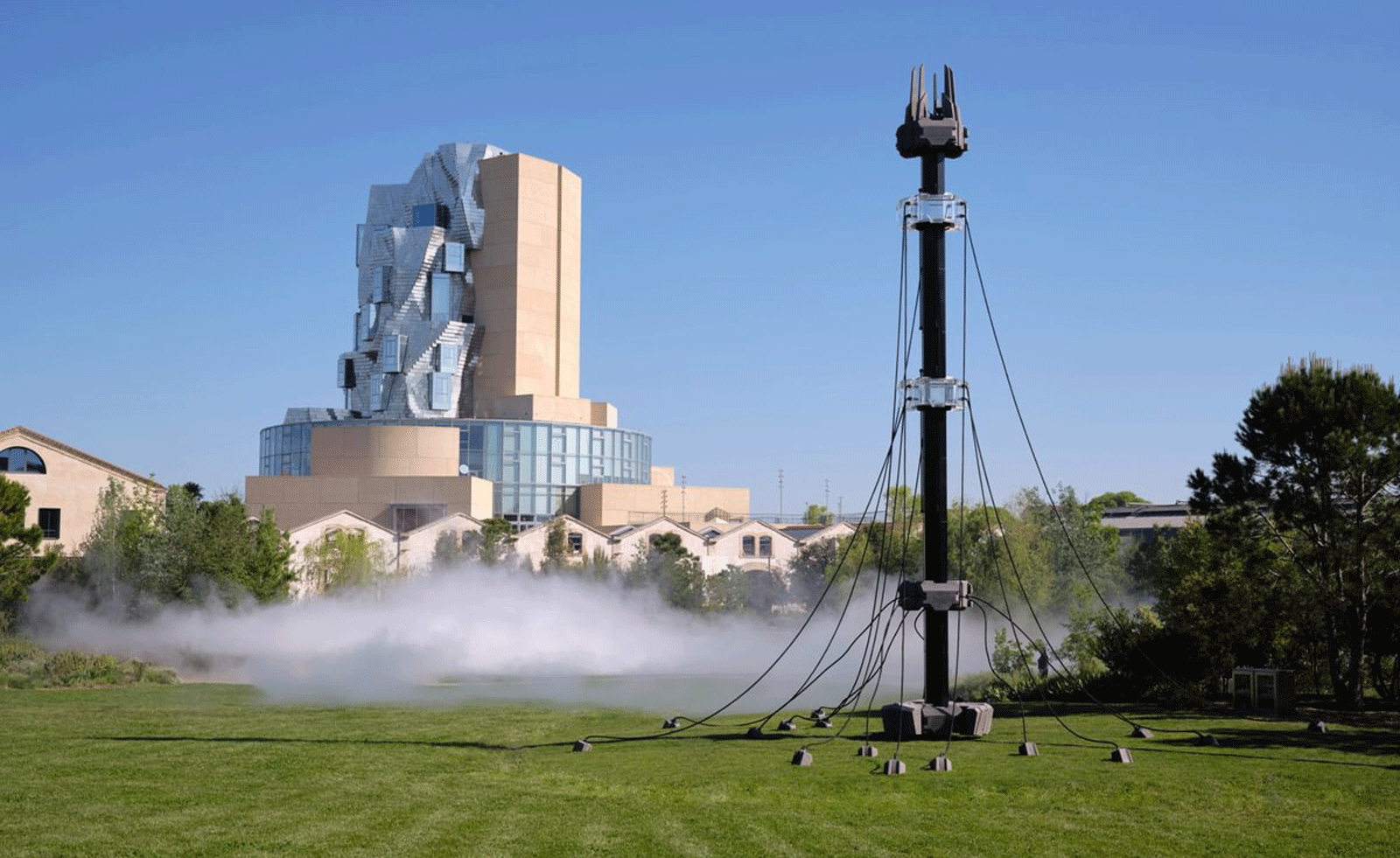 Technology, art and sculptures of fog: LUMA Arles kicks off the 2025/26 season
Technology, art and sculptures of fog: LUMA Arles kicks off the 2025/26 seasonThree different exhibitions at LUMA Arles, in France, delve into history in a celebration of all mediums; Amy Serafin went to explore
-
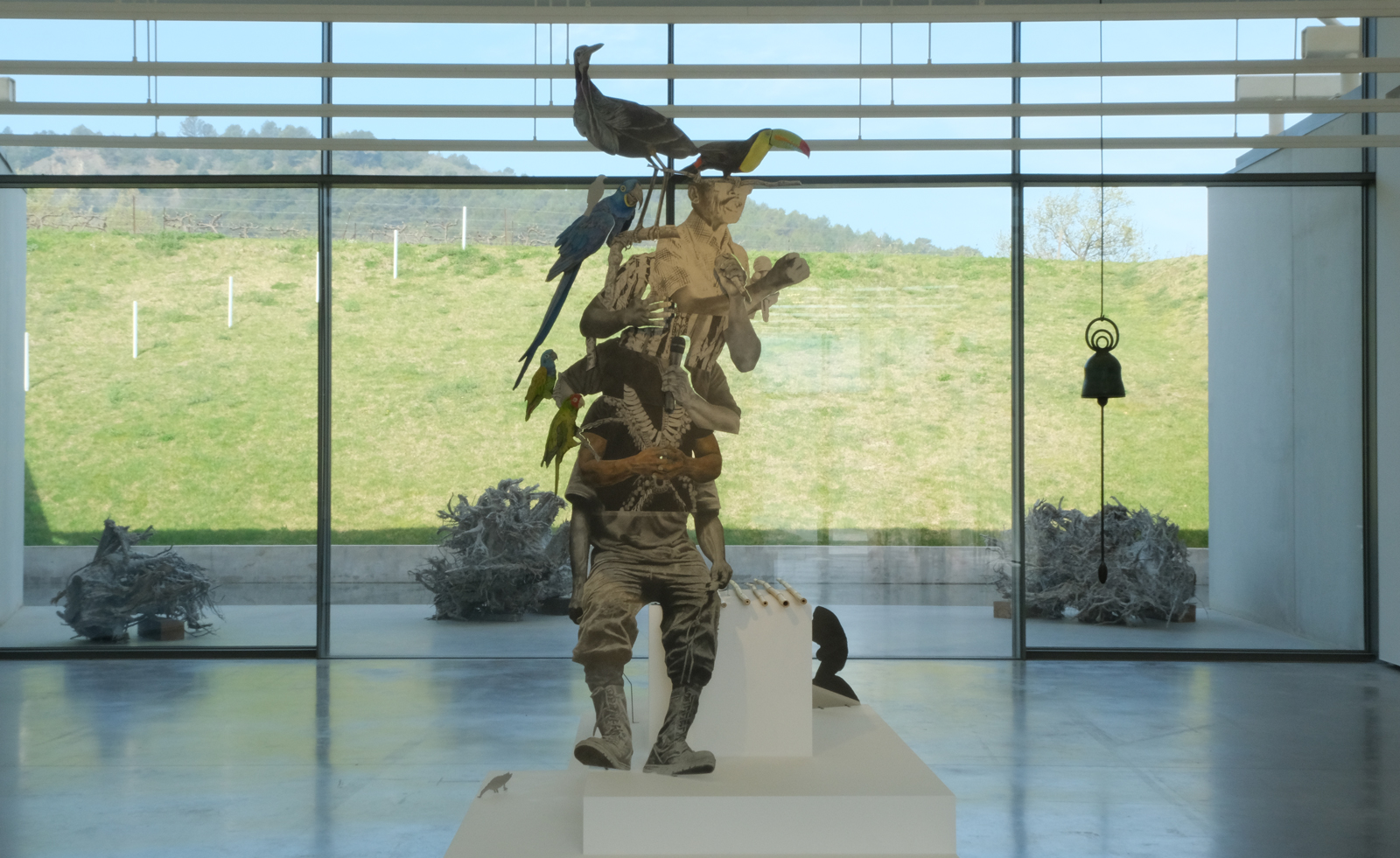 Contemporary artist collective Poush takes over Château La Coste
Contemporary artist collective Poush takes over Château La CosteMembers of Poush have created 160 works, set in and around the grounds of Château La Coste – the art, architecture and wine estate in Provence
-
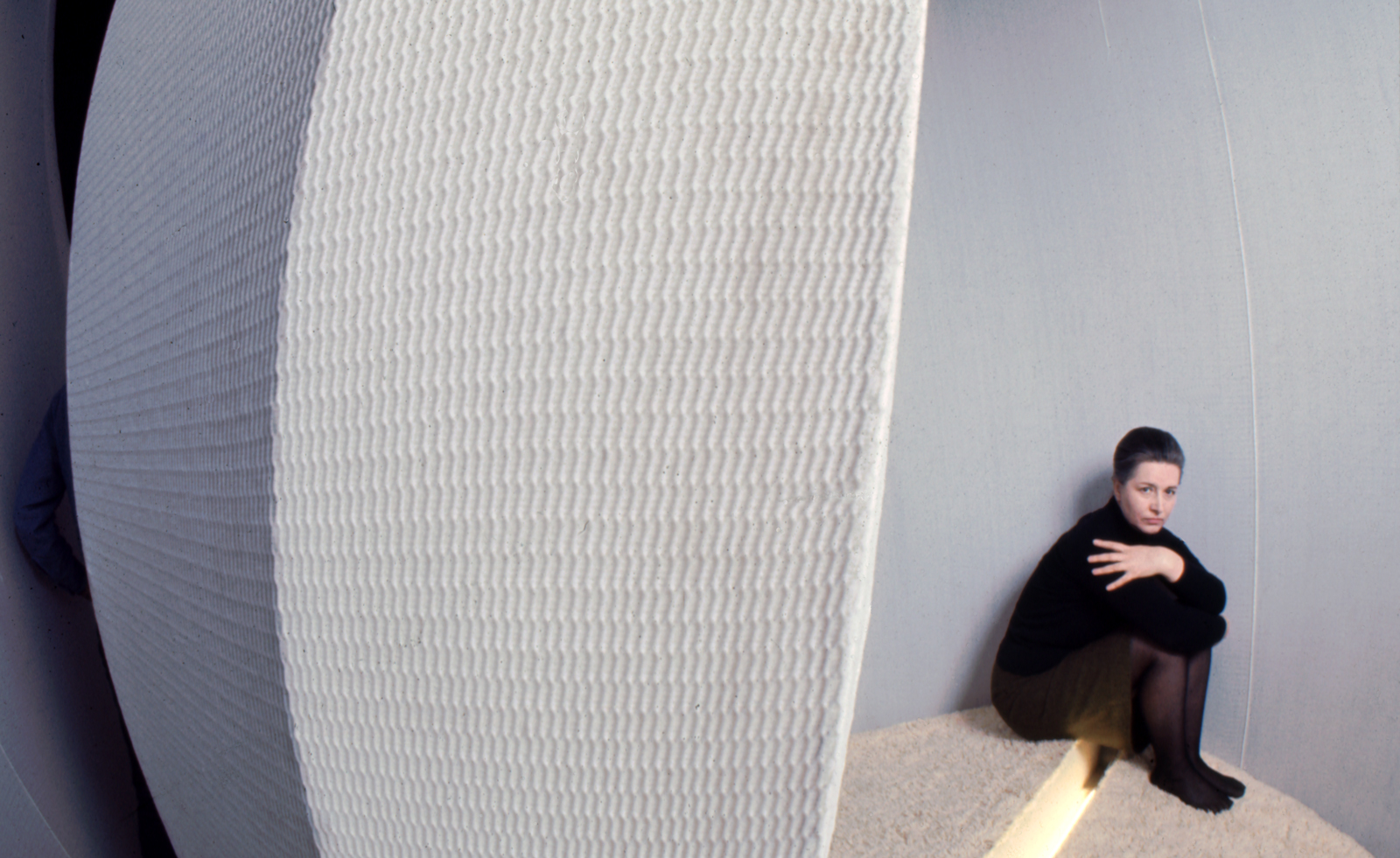 Architecture, sculpture and materials: female Lithuanian artists are celebrated in Nîmes
Architecture, sculpture and materials: female Lithuanian artists are celebrated in NîmesThe Carré d'Art in Nîmes, France, spotlights the work of Aleksandra Kasuba and Marija Olšauskaitė, as part of a nationwide celebration of Lithuanian culture